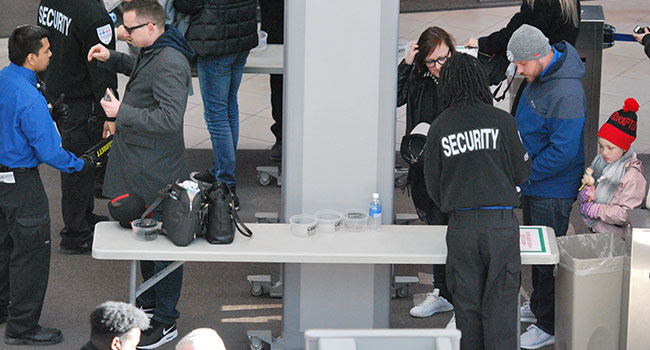
TSA Awards Up to $1.3 Billion to Procure Additional CT X-ray Scanners for Airport Checkpoints
The Transportation Security Administration (TSA) announced the award of three orders for a combined total value of up to $1.3 billion for Computed Tomography (CT) scanners to include up to 426 base, 359 mid-size, and 429 full-size units, if all options are exercised, for deployment across TSA checkpoints starting Summer 2023.
This includes the current procurement of 59 CT units for $42.9 million out of the Fiscal Year 2023 funding of $105 million to procure a total of 136 units.
Analogic Corporation will provide base-size units. IDSS Holdings will provide mid-size units. Smiths Detection Incorporated will provide full-size CT X-ray systems.
“These CT units represent sophisticated technology that helps our professional, dedicated and highly skilled workforce detect new and evolving threats to improve aviation security,” said TSA Administrator David Pekoske. “Deploying these units across our security checkpoints as expeditiously as possible will also improve checkpoint efficiency and the passenger experience.”
CT scanners apply sophisticated algorithms and create 3-D rotatable images to help operators detect explosives and prohibited items. TSA officers can then view and rotate the image on three axes to analyze and identify any threat items that may be in a passenger’s carry-on baggage. Similar to what is used to scan checked baggage, this equipment is sized to fit the checkpoint environment.
In August 2021, TSA announced the award of $198 million for the procurement of mid-size CT x-ray systems. In March 2022, TSA announced two awards for a combined total value of up to $781.2 million for the procurement of base and full-size CT x-ray systems for airport checkpoints. In 2019, TSA announced its initial purchase of 300 CT checkpoint systems for airports across the U.S. through the AT/CT program. There are approximately 634 CT units currently installed, and installations continue at TSA checkpoints across the country.
TSA continues to partner with industry, airlines, and airports to raise the bar for technology standards and provide better security faster. TSA considered nine proposals following the solicitation for these awards.